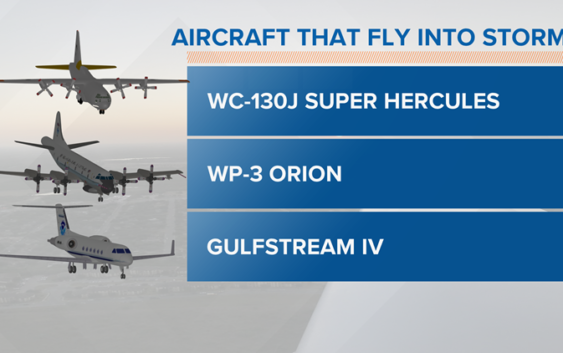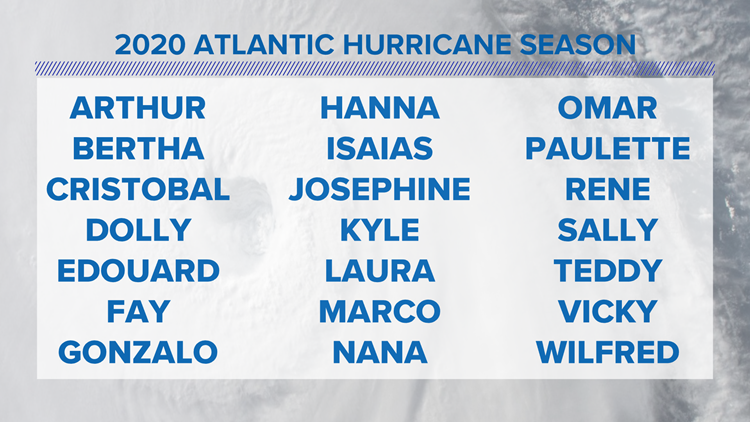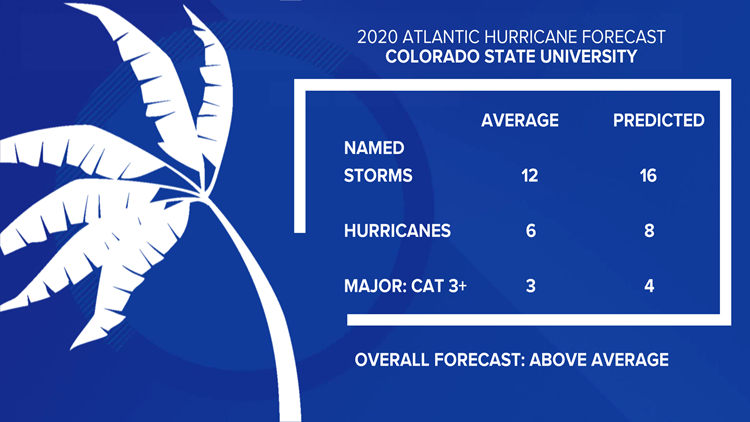WEATHER MINDS CLASSROOM: The Hurricane Hunters

SAN ANTONIO — We continued our Tropical Tuesday segments on Cloudy with a Chance of Learning this week, talking more about the world famous Hurricane Hunters.
There are two groups that fly into hurricanes each year, working to gather data in where it is typically harder to get it.
Over the United States we have a good amount of sites that gather information about the weather, but across our oceans there aren’t as many buoys to gather that important information.
The Hurricane Hunters fly into and above the storms to gather information that helps make a more precise forecast.
The two groups flying into hurricanes include the 53d Weather Reconnaissance Squadron, a part of the Air Force Reserves, and NOAA Corps.
These two groups aren’t using just any old aircraft either.
The 53d Weather Reconnaissance Squadron flies in a WC-130J, which is a large propeller aircraft.
NOAA Corps flies in a WP-3 Orion into the storm, but they also use a Gulfstream IV to fly above the storm.

Hurricane Hunters
Andrew Wilson
During flights, the Air Force Hurricane Hunters have multiple people on the aircraft doing different jobs.
The different jobs these men and women hold include Aerial Reconnaissance Weather Officer, Loadmaster/Dropsonde Operator, Pilot and Navigator.
RELATED:
WEATHER MINDS CLASSROOM: Historic Texas Hurricanes
WEATHER MINDS CLASSROOM: Tropical Tuesday
Nearly everyone on the flight has a an eye on the radar while information is gathered from both the aircraft itself and dropsondes, which are tubes full of weather instruments that are sent out of the aircraft and into the storm.
This information is gathered by the aircraft and sent to the National Hurricane Center in Miami, Florida, where it is used to make a more precise forecast, saving lives and money.
The Hurricane Hunters also fly other weather systems including nor’easters and atmospheric rivers, but they are known for flying into tropical cyclones.
Hurricane season begins on June 1 and the first name on the list for names of storms this year is Arthur.


Hurricane season
Andrew Wilson
Colorado State University’s forecast for this season suggests we could have an above-average season.


Hurricane season
Andrew Wilson
While an above-average season is predicted, it doesn’t mean more storms will make landfall, but it is important to prepare for the possibility of one.
Don’t forget you can download the KENS 5 app for the latest news and weather information each day while you are on the go.